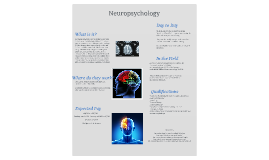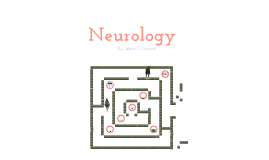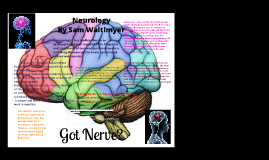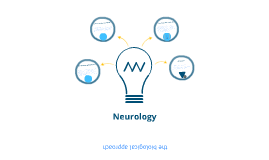Neurology
Transcript: Neurology By Sam Waltimyer A neurologist is a medical doctor or osteopath who has trained in the diagnosis and treatment of nervous system disorders, including diseases of the brain, spinal cord, nerves and muscles Neurologist Education Requirements Four years of premedical education in a college or university Four years of medical school resulting in an MD or DO degree (doctor of medicine or doctor of osteopathy degree) One year internship in either internal medicine or medicine/surgery At least 3 years of specialty training in an accredited neurology residency program Licensure and board examinations to be able to work in hospitals. Neuroscience is the scientific study of the nervous system. Traditionally, neuroscience has been seen as a branch of biology. However, it is currently an interdisciplinary science that works with other fields such as chemistry,computer science, engineering, linguistics, mathematics, medicine and allied disciplines, philosophy, physics, and psychology. The term neurobiology is usually used interchangeably with the term neuroscience, although the former refers specifically to the biology of the nervous system, whereas the latter refers to the entire science of the nervous system. Neurologists work in hospitals, public or private clinics, and universities or research facilities. Many neurologists are in private practice. Neurologists new to the profession make around $150,000 per year. The average salary for a neurologist is $208,000. However, neurolgists that have developed a good name can make around $300,000. As most other physicians do, neurologists are not able to follow a 40-hour workweek. The job can be quite stressful, and treating patients properly may require working for more than 60 hours in a week. Neurologists employed in busy medical facilities may have to put in extra hours during the week and also work on weekends. Those who work in research facilities and medical schools, however, enjoy regular working hours. Job prospects for neurologists are expected to be very good in the coming years. As the baby-boomer generation approaches older age, rate of occurrence of neurological problems, like dementia and stroke, is expected to rise considerably, creating good job opportunities for neurologists. Got Nerve? Works Cited http://www.healthcommunities.com/neurologist/what-is-a-neurologist.shtml http://neurologist-salary.com/ http://www.medscape.com/viewarticle/741767 http://www.schoolsintheusa.com/careerprofiles_details.cfm?carid=521 http://en.wikipedia.org/wiki/Neuroscience

















